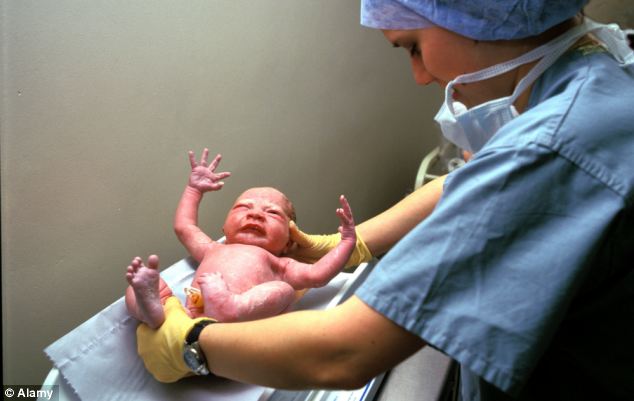We have heard about the set of bacteria that helps us with our digestion, right? The microbiomethat actually residesin usis an important determinant of health and disease. So what does this issue about bacteria anything to do with Cesarean-born infants?
When the bacteria residing inside a mother’s body starts to occupy the baby through the placenta, this expands as the water breaks during the labor. The process mainly takes place during the passing of the baby through the mother’s vagina. After it, the skin-to-skin contact of mom and baby helps to continue with the process.

As you have noticed, the natural process of transferring the microbiome is completed during the normal birth delivery. However, for babies delivered through the C-section, they completely missed the last two steps. Research shows that most Cesarean born infants bear correlation to increased rates of Type A diabetes, obesity, celiac disease and asthma in the later part of their lives. It is suggested that microbial differences play vital role when it comes to these said diseases.
To help babies born in Cesarean section in this matter, Dr. Maria Gloria Dominguez-Bello, an associate professor in the Human Microbiome Program of NYU School of Medicine, presented a five-step process called, “seeding.”
- Before the surgery, the doctor takes sample of the mother’s bacteria or microbiome.
- A gauze pad is then put in the mother’s vagina for about an hour.
- The gauze is then removed from the vagina before the Cesarean procedure.
- The gauze is exposed to the baby starting at the mouth of the infant, then the face and the rest of the body.
- Lastly, the doctors will sample the bacteria from the infant.
Momentarily, the seeding method is limited to mothers without STD or HIV negative. This is also not yet a common practice as the method is currently at its preliminary stage. Dr. Dominguez-Bello promised, however, that more studies and researches will be conducted to get the perfect solution.
